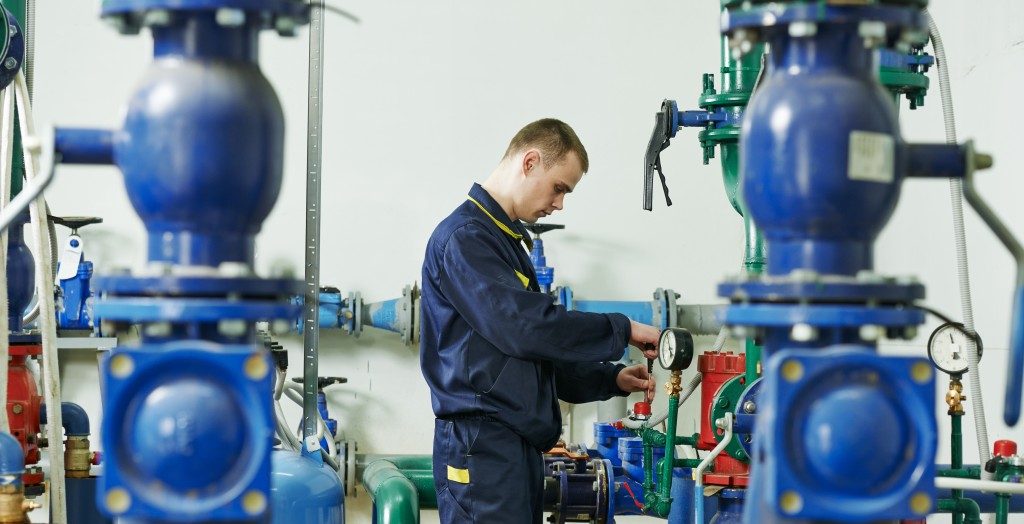Centrifugal pumps use an impeller inside an enclosed space, which pushes liquid to the sides of the container to an outlet. The rotation of the impeller inside the container sucks in the liquid through a hole in the centre. This type of valve has been used in various applications for a long time. The improvements in technology have allowed the magnetic or mag drive centrifugal pump to be the top choice in this category.
Advantages of the Centrifugal Pump
Centrifugal pumps are powerful machines, which use an impeller to force the liquid to the sides of the housing. An engine or an electric motor provides the rotational power for the impeller. The use of the rotating impeller means that the centrifugal forces can be maintained continuously, unlike a reciprocating pump where the pressure may vary due to the action of the pump. This makes the centrifugal pump more efficient compared to a reciprocating pump.
Although the centrifugal pump can produce very high pressures, it is not as powerful as a reciprocating engine in producing high pressure. The pump design also allows it to pump viscous fluids. It can also have adjustable capacities for improved fluid metering. Centrifugal pumps have become the most popular type. Many industries use centrifugal pumps for different sets of requirements and needs. They are very efficient in transporting liquid from one place to another. Besides the capability to provide a large volume of liquid at a very high flow rate, it is also possible to be able to adjust a centrifugal pump’s flow rates over a wide range.
Using a Magnet

One type of modern centrifugal pump makes use of magnets to turn the impeller. The impeller housing is water-sealed to ensure that there are no leaks. Impeller action would result in low efficiency if there were a leak in the housing. Outside the housing is an assembly of magnets, which correspond to another ring of magnets attached to the impeller drive shaft. The pump’s rotational force is based on the coupling of both sets of magnets. The magnets’ polarity is changed, which results in the impeller’s rotational force.
One of the advantages of this type of pump is the enforced seal on the housing. The housing does not need air. The impeller can rotate without any leakage. In addition, the impeller does not brush against the chamber walls. It is economical and does not produce as much heat as traditional kitchen pumps. The internal magnets are immersed in the fluid inside the housing, and this helps to cool down the magnet, the shaft and the impeller.
Magnetic levitation allows a faster and more efficient rotation. Due to the faster rate of rotation, the impeller is shorter, and there is a comfortable margin between it and the housing walls. This separation between the impeller and the walls is important for uses where a viscous liquid is being pumped. Additionally, a faster rate of rotation results in a more powerful pump, which, in turn, results in smaller designs.






